obon
Obon: What is the Important History Behind It?
James Lau
Posted on July 26, 2024
Share:
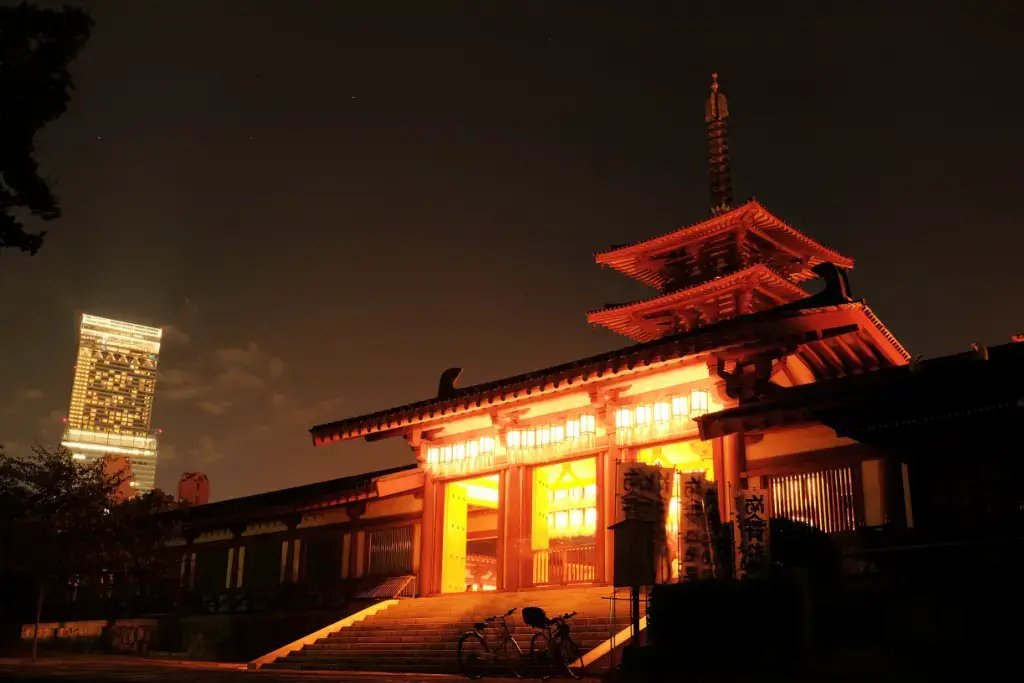
People across Japan celebrate Obon, a traditional holiday, to honor the spirits of their ancestors. They observe this three-day festival with dances, floating lanterns, and regional customs.
What is the story of Obon?
Obon, also called Bon, is a traditional Buddhist holiday celebrated in Japa. It’s a three-day festival to honor family, who are believed to visit their living relatives during this time. People hang lanterns in front of their homes to guide the spirits, perform traditional dances, visit graves, and make food offerings at household altars. At the end of the festival, floating lanterns are placed in rivers, lakes, and seas to guide the spirits back to their world.
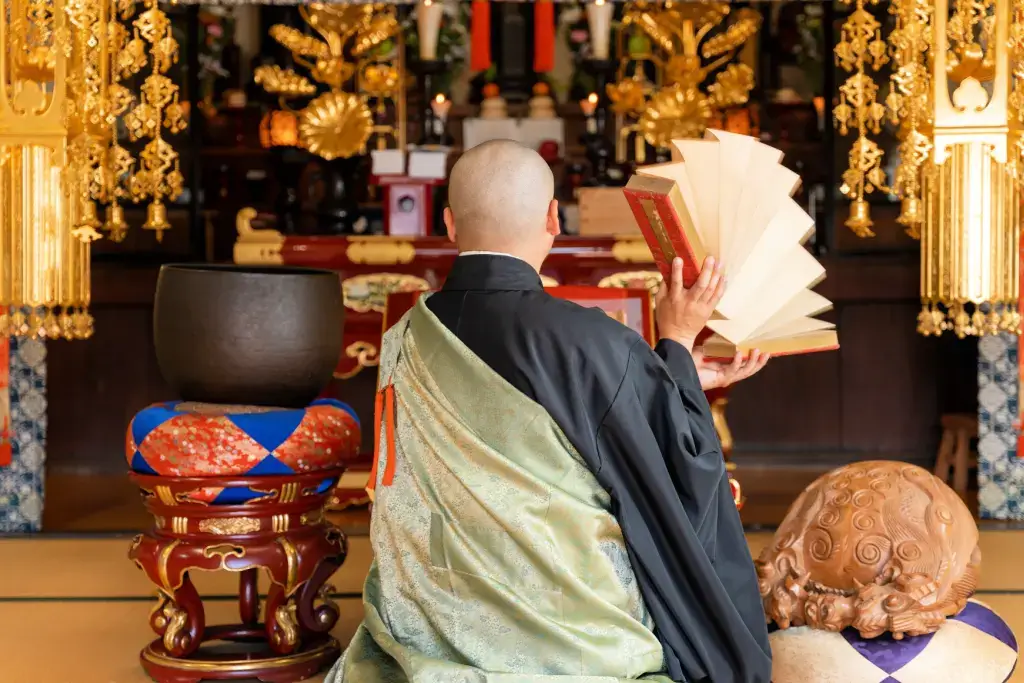
This celebration has its origins in a Buddhist myth. In it, a disciple of Buddha, Maha Maudgalyayana, saved his deceased mother from the Realm of Hungry Ghosts by making offerings. This act of gratitude and relief led to the joyful dance that inspired the bon odori. For over 500 years, Obon has evolved into a family holiday where people clean their ancestors’ graves and celebrate with their loved ones.
When does Obon take place?
Various regions celebrate Obon at different times, depending on whether they use the solar or lunar calendar. Eastern Japan, including Tokyo and Yokohama, observes Obon from July 13 to 15 based on the solar calendar. However, most of Japan observes Obon from August 13 to 15, following the lunar calendar. Some areas celebrate Old Bon (Kyu Bon) based on the 15th day of the 7th month of the lunar year, which also falls in mid-August.
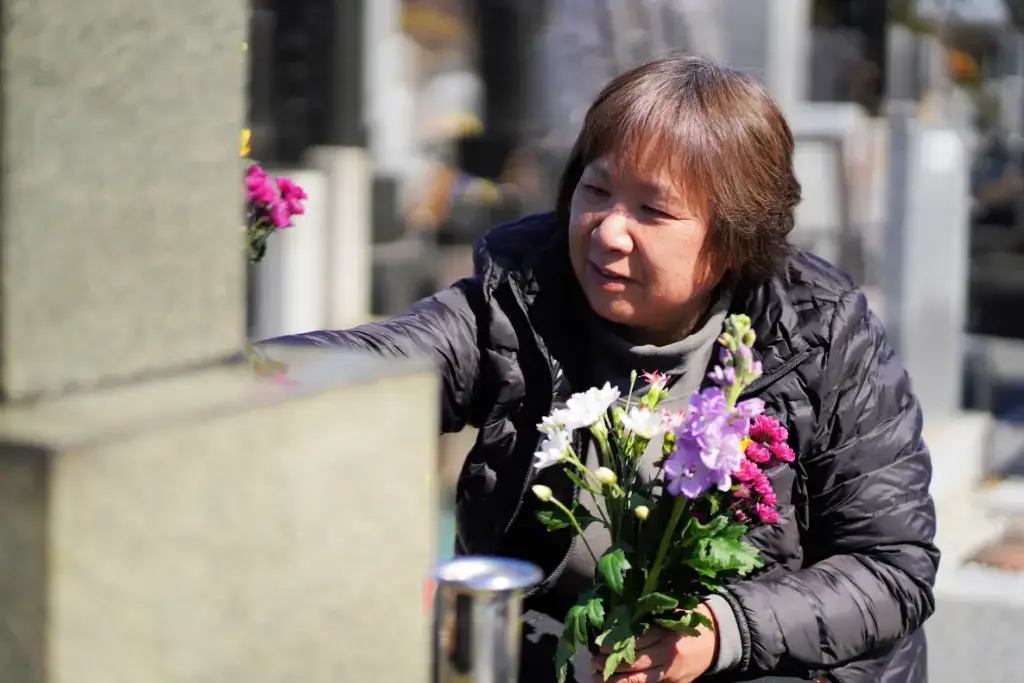
The Obon week in mid-August is one of Japan’s busiest travel seasons, with many people leaving cities around August 10 and returning by August 17 or 18. Despite the different dates, Obon always lasts three days and involves activities to honor and remember ancestors.
What are some common features of Obon?
Bon Odori
Bon Odori is a traditional group dance in parks, open spaces, and at the shrine and temple grounds. It combines historical influences and religious practices from Buddhist rituals and Japanese folk traditions. Participants wear yukata, a casual summer kimono, and dance to the rhythmic beats of taiko drums, creating a vibrant and inclusive event.
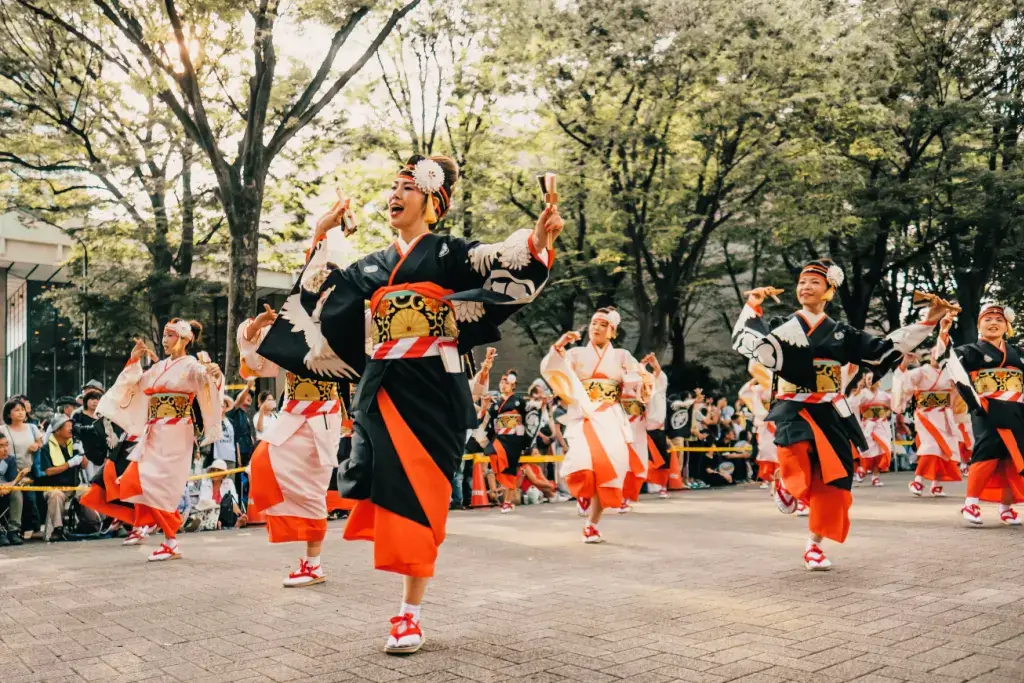
The tradition of Bon Odori goes back to ancient times and has evolved into a popular community event. People believe the dances entertain and honor the visiting spirits. Each region in Japan has its unique style of Bon Odori, with variations in music, dance steps, and attire. Despite these differences, the purpose remains to unite communities to celebrate life and remember the departed.
Floating Lanterns
Toro Nagashi is a ceremony in which people place floating lanterns on rivers to honor the souls of the dead. This event marks the conclusion of the Obon festival, symbolizing the ancestors’ return to the spirit world. Families gather at riverbanks to light candle-lit lanterns and release them into the water, creating a mesmerizing and tranquil scene as the lanterns float away.
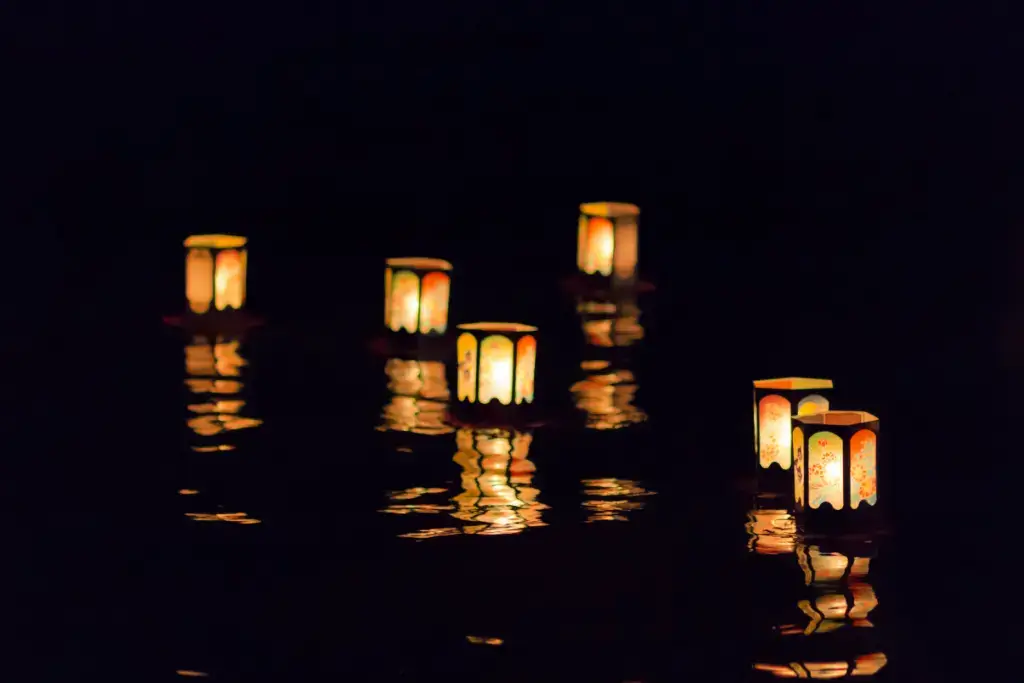
Toro Nagashi reflects the belief that all humans come from water and return to it. The glowing lanterns represent the spirits’ journey back to the elements, guided by the light of the candles. This ritual is a personal and communal remembrance, offering peace and closure. The is the Festival of Recovery, highlighting its origins in post-war Japan and its role in healing and remembering losses.
Are you looking for amazing snacks for August? Check out Sakuraco! Sakuraco delivers traditional Japanese snacks, teas, and sweets from local Japanese makers directly to your door so you can enjoy the latest treats directly from Japan!
Are there regional differences in Obon?
There are many regional differences in Obon celebrations across Japan. In Kyoto, Okuribi fires are crafted into shapes like boats and animals. In Nara, the fires form ancient Buddhist symbols. Bon Dancing styles vary, such as the energetic Awa Odori in Tokushima and the graceful Hanagasa Odori in Yamagata. Additionally, some areas extend Obon beyond the typical three-day period, with festivals lasting up to a week or more.
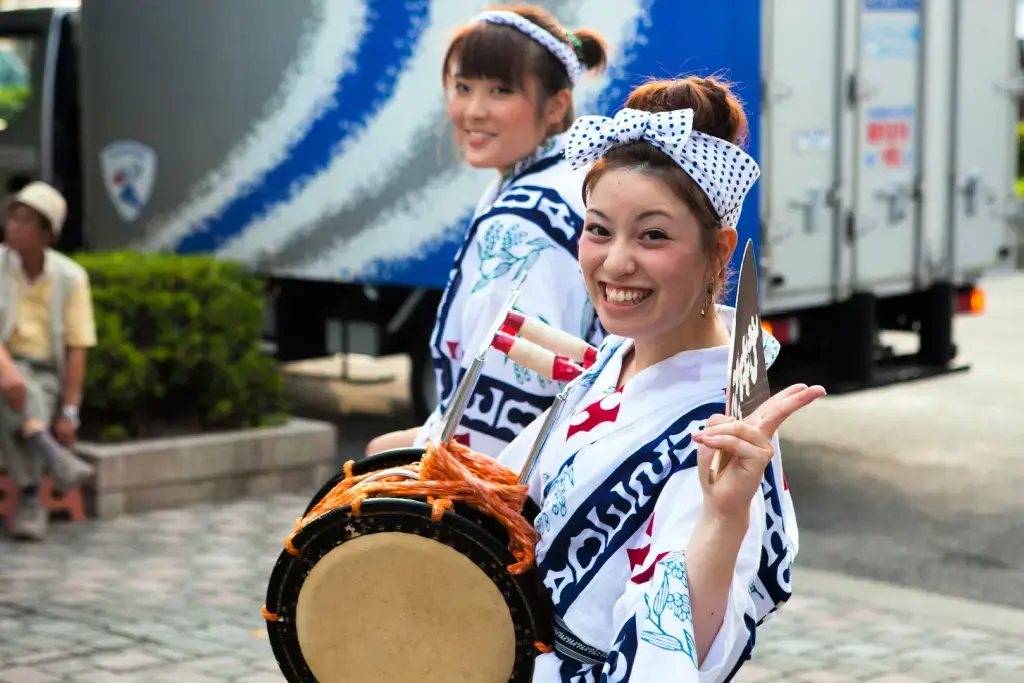
In Kagoshima, Spirit Horses called “Yosakoi Uma” are made from wooden frames and bamboo. Local festivals like the Sendai Tanabata Festival in Tohoku coincide with Obon and feature colorful decorations and parades. In Okinawa, the “Eisa” dance honors ancestors with rhythmic movements and drum beats, while in Gifu, lanterns made from cucumbers and eggplants guide ancestral spirits.
Why is this celebration important?
Obon is important because it serves as a time for families to honor and remember their ancestors. The rituals performed, such as Bon Odori dances and Toro Nagashi, are a tribute to the deceased and a way to ensure that the spirits find their way back to the spirit world. This tradition creates a sense of continuity and respect for past generations, keeping their memories and contributions alive in the hearts of the living.
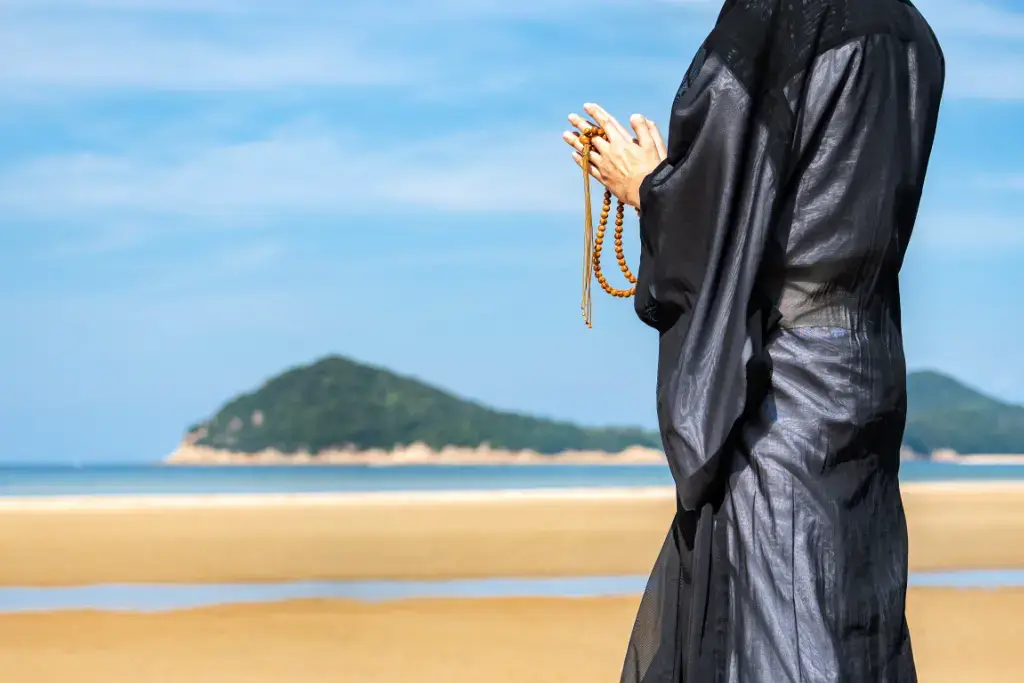
Moreover, it plays a crucial role in community and cultural identity. The festival’s various regional celebrations show the slight differences in Japanese traditions while bringing people together in shared activities. These events create solid social ties and opportunities for individuals to reconnect with their roots, giving a sense of belonging and connection.
Obon is a celebration of life, family, and cultural heritage. By honoring ancestors, Obon helps preserve Japanese traditions while creating deep connections among families and communities! Have you ever celebrated Obon in Japan? What was your experience like? Let us know in the comments below!

Discover authentic flavors with Sakuraco
Get Sakuraco 

Discover authentic flavors with Sakuraco
Get Sakuraco 
Related Articles

Hatsumode: Why Is It Japan’s Most Important Tradition?
Hatsumode is the first visit to a shrine or temple in the New Year in Japan, and it is one of the country’s most important traditions. Every year, millions of people participate, demonstrating the profound connection between this custom and daily life.

Japanese Fish Bait: The Beautiful Art of Kebari
Kebari are traditional hand-tied flies used for freshwater fishing in Japan, especially in mountain streams where small insects form the main diet of native fish. Instead of bright plastic lures, kebari use feathers, thread, and natural materials to create subtle movements in the water.

Japan Holidays Guide: Relax, Explore, and Delight in Festive Fun
As the year draws to a close, everywhere buzzes with preparations for the holidays, and Japan is no exception. Despite the cold winter weather, you can feel warmth in the scenery, decorations, and festive activities across the country. Let’s explore the unique experiences of holidays in Japan that many people dream of enjoying at least once in their lifetime!

Tokyo Gardens: Five Beautiful Traditional Japanese Gardens to Visit
Tokyo gardens offer a relaxing escape for visitors looking to get a breath of fresh air. However, Tokyo has more than just the typical gardens we see in the West. Let’s explore five traditional Japanese gardens and what makes them unique!



